.
11.02.2016

Mission: Expedition 46 Undocking and Landing
Description: One-Year Mission crew members NASA astronaut Scott Kelly and Russian cosmonaut Mikhail Kornienko will conclude 340 days aboard the International Space Station, returning in the Soyuz TMA-18M spacecraft along with Russian cosmonaut Sergey Volkov. Kelly and Kornienko arrived at the station March 27, 2015, and Volkov joined the crew aboard the orbiting laboratory Sept. 4, 2015. Landing is scheduled at 11:27 p.m. ET (4:27 UTC and 10:27 a.m. local time in Kazakhstan on March 2).
-


Quelle: NASA
.
Update: 23.02.2016
.
Scott Kelly Returns to Earth, but Science for NASA's Journey to Mars Continues
.
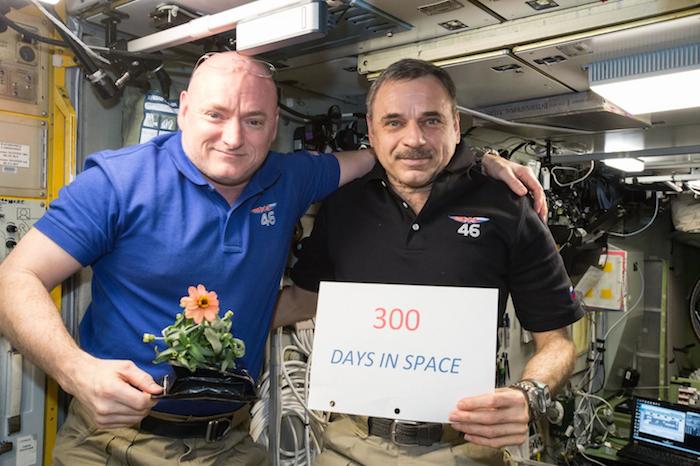
One-year mission crew members Scott Kelly of NASA (left) and Mikhail Kornienko of Roscosmos (right) celebrated their 300th consecutive day in space on Jan. 21, 2016. By spending a total of 340 days aboard the International Space Station, the astronauts help scientists understand what happens to the human body while in microgravity for extreme lengths of time. Kelly is holding a zinnia grown in space as part of the Veggie experiment on the International Space Station.
-
NASA astronaut Scott Kelly paved the way for future missions when he embarked on a one-year mission in space along with Russian cosmonaut Mikhail Kornienko. Kelly will be the first American to complete such a long-duration mission, and one of the first humans in more than 15 years to embrace the challenge. Russian cosmonaut Sergei Avdeyev was the last person to spend a year in microgravity in 1999. The 2015-2016 mission builds upon that past knowledge.
While every space mission is historically significant, this one stands out. Twenty-first century technology, approaches and techniques are employed. NASA has partnered with other space agencies to conduct numerous human research investigations to see how the human body changes during a year in space. Two of these investigations, which deal with the effects of long spaceflights on the human body are fluid shifts and field tests. Fluid shifts deal with changes in the visual system and field tests with post-landing capabilities of astronauts immediately after long spaceflights. These investigations break down technological and logistical barriers while increasing international collaboration. The mission unites world-renowned scientists to conduct groundbreaking research on the human body.
"Working with additional partners is not necessarily easy because different countries have particular processes they follow," said John Charles, chief scientist of the NASA Human Research Program, who has a doctoral degree in physiology and biophysics. "Differing approaches to solving problems must be considered, but when new processes are learned that can benefit future missions or reduce duplication of tasks, that is considered a successful partnership."
This collaborative effort tests not only the human body but also the integration of partners, technologies and techniques. The good news is it is working so well it will be a model for future long-duration missions.
Preparing for a three-year journey to Mars requires innovative thinking, which is why NASA involved the best and brightest investigators from the U.S. and the International Space Station partner space agencies. Their expertise paired with the new data collected from this mission will help NASA create appropriate countermeasures to safeguard future astronauts against the stresses of space to the human body.
Coinciding with the one-year mission is the twins study. For the first time, identical twins are providing opportunities to study the effects of spaceflight at a molecular level. Scott's identical twin brother Mark, himself a former astronaut, is spending the year on Earth, enabling researchers to focus on a near-identical comparison of the brothers' genomics and omics profiles, something never captured before in human space research. This new field of study, akin to personalized medicine, produces so much information and data to analyze that it's hard to imagine.
"The mission will continue even after Scott returns," said Charles. "For the one-year mission research, we will be collecting post-flight medical data three-months and six-months after he is back on Earth. For the twins study research, we will continue to collect data as far out as a year after his return. The post-flight data are as important as the inflight data to help us learn how to send humans safely to Mars and return them safely to Earth."
To date, NASA has approximately 15 years of data from the space station about how space affects the human body on six-month missions. Now the Human Research Program is building on that foundation by proposing more international collaboration on future one-year space station missions. This will help evaluate the effectiveness of the countermeasure approaches being developed to offset spaceflight-related changes to the body during a mission to Mars.
"We would be happy to see no difference in a six-month mission versus a year-long mission," said Charles. "But we do anticipate changes. This was the first time we have done in-depth omics profiles on twins. The longer a human is in space, the more that individual is exposed to risks such as radiation and weightlessness. Our integrated team of researchers are addressing those risks to create countermeasures to enable more advanced space travel. By integrating international collaborative science, and thus emphasizing the 'I' in International Space Station, our combined efforts can yield the biggest benefit."
NASA's Human Research Program enables space exploration by reducing the risks to human health and performance through a focused program of basic, applied, and operational research. This leads to the development and delivery of: human health, performance, and habitability standards; countermeasures and risk mitigation solutions; and advanced habitability and medical support technologies.
Quelle: AAAS
-
Update: 25.02.2016
.
One-Year Crew Returns from Space Station March 1; Live Coverage on NASA TV
NASA Television will provide complete coverage Tuesday, March 1, as three crew members depart the International Space Station, including NASA astronaut Scott Kelly and cosmonaut Mikhail Kornienko of the Russian space agency Roscosmos – the station’s first one-year crew.
NASA Television coverage will begin at 3:10 p.m. EST on Monday, Feb. 29, when Kelly hands over command of the station to fellow NASA astronaut Tim Kopra. Complete coverage is as follows:
Monday, Feb. 29
3:10 p.m. -- Change of command ceremony (Scott Kelly hands over space station command to Tim Kopra)
Tuesday, March 1
4:15 p.m. -- Farewell and hatch closure coverage; hatch closure scheduled at 4:40 p.m.
7:45 p.m. -- Undocking coverage; undocking scheduled at 8:05 p.m.
10:15 p.m. -- Deorbit burn and landing coverage; deorbit burn scheduled at 10:34 p.m., with landing at 11:27 p.m. (10:27 a.m. on March 2, Kazakhstan time)
Wednesday, March 2
1:30 a.m. -- Video file of hatch closure, undocking and landing activities
Twice the duration of a typical mission, Kelly and Kornienko’s station-record 340 days in space afforded researchers a rare opportunity to study the medical, physiological, and psychological and performance challenges astronauts face during long-duration spaceflight.
The science driving the one-year mission, critical to informing the agency’s Journey to Mars, began a year before Kelly or Kornienko floated into the space station. Biological samples were collected and assessments were performed in order to establish baselines. Comparison samples were taken throughout their stay in space and will continue for a year or more after their return to Earth. Kelly’s identical twin brother, former NASA astronaut Mark Kelly, participated in parallel twin studies on Earth to provide scientists more bases for comparisons.
ISS Expedition 47 officially begins, under Kopra’s command, when the Soyuz carrying Kelly, Kornienko and Volkov undocks from the space station. Kopra, Yuri Malenchenko of Roscosmos and Tim Peake of ESA (European Space Agency), will operate the station as a three-person crew until the arrival of three new crew members in two weeks. NASA astronaut Jeff Williams and Roscosmos cosmonauts Alexey Ovchinin and Oleg Skripochka are scheduled to launch from Baikonur, Kazakhstan, on March 18 EST.
Quelle: NASA
-
Update: 29.02.2016
.

Quelle: NASA
-
Update: 1.03.2016 / 7.30 MEZ
.
One-year ISS crew members to be tested immediately after landing
-
The test is necessary to study the physiological capability of man during landing on other planets
Members of the 11-month mission to the International Space Station (ISS) Russian cosmonaut Mikhail Kornienko and American astronaut Scott Kelly will undergo a special "field test" immediately after returning to Earth on March 2 at the landing site, sources in the Institute of Medico-Biological Problems of the Russian Academy of Sciences told TASS on Monday.
"If the participants in six-month expeditions have the right to refuse from the ‘field test’, then Korniyenko and Kelly will surely undergo it. The test will check the spacemen’s physical capacity - the ability to sit, get up from a lying position, to stand still and walk a straight line after a long flight and overload during landing," the institute said.
The institute sources said that this test is necessary to study the physiological capability of man during landing on other planets. The ‘field test’ is carried out in a tent specially pitched at the landing site. The astronauts will be again subjected to similar tests the next day after landing.
Russia’s State Space Corporation Roscosmos said previously that Kelly and Korniyenko would also have to leave their reentry module unaided, thus simulating a landing on Mars where nobody will be meeting them.
Medical checks on the landing site will not differ from the standard ones: the astronauts will undergo breath, cardiography tests, have their blood pressure measured and pass the general medical examination. "From this point of view this expedition will be no different from the similar procedures for other crews," a representative of the Institute of Medico-Biological Problems said.
Earlier, the institute’s Deputy Director Valery Bogomolov told TASS that not all cosmonauts and astronauts could pass the previous ‘field tests’.

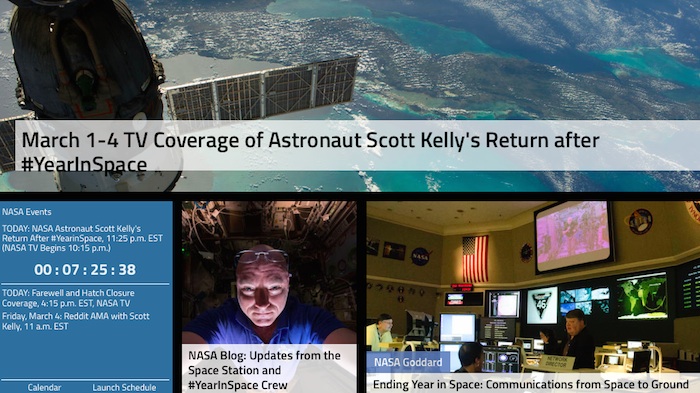



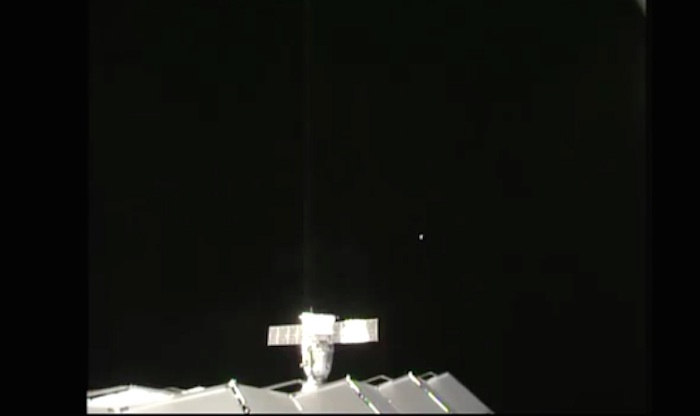










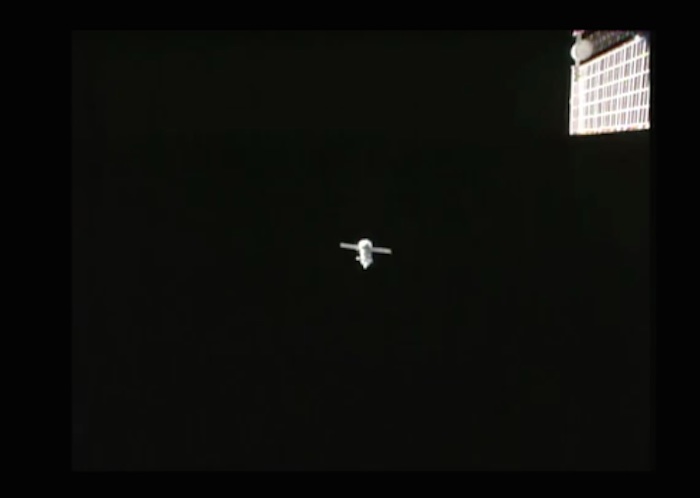



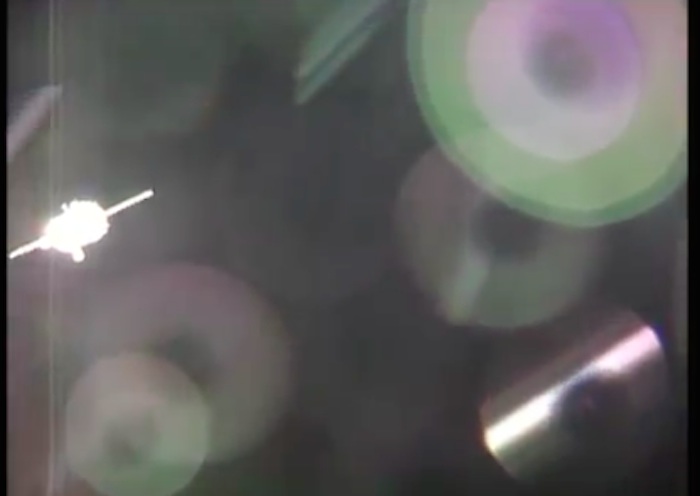
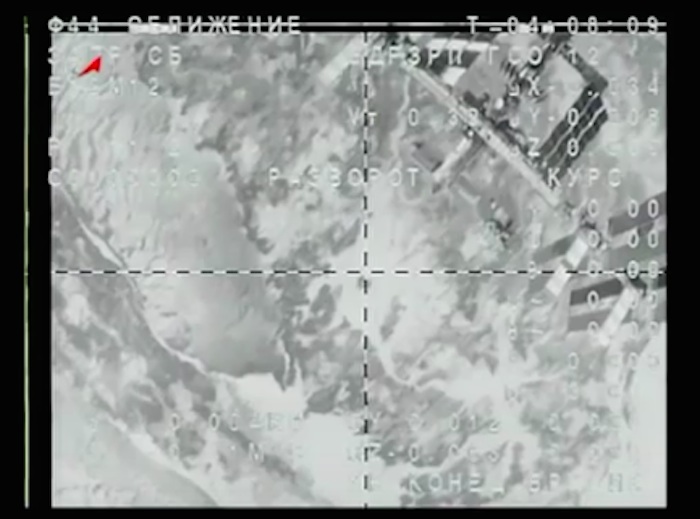





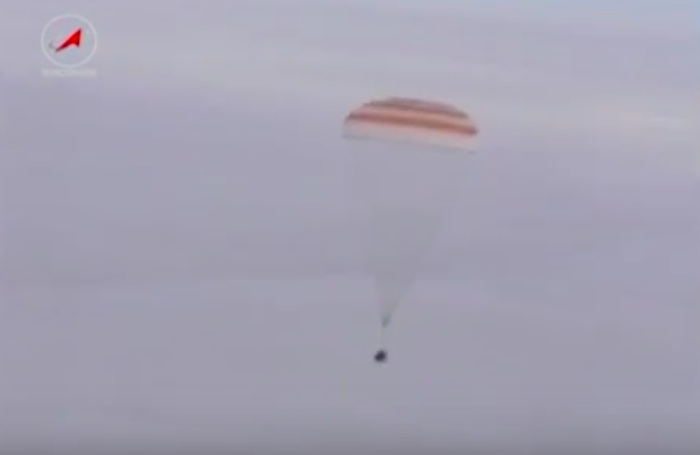











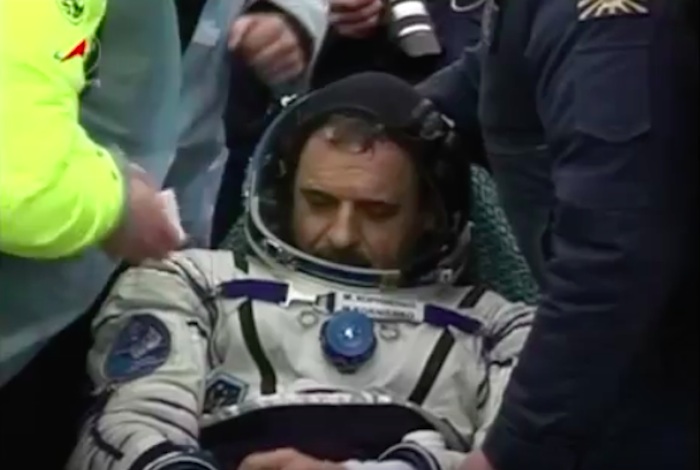



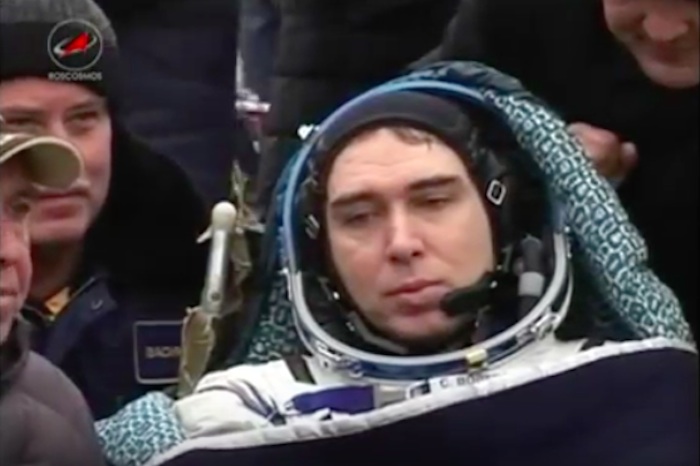









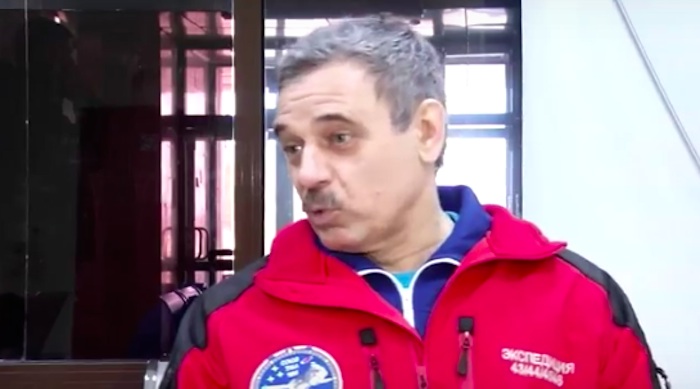

Mikhail Korniyenko and Scott Kelly embarked on their space mission to the ISS on March 27, 2015. They were launched into orbit from the Baikonur Cosmodrome (Kazakhstan) on board the Soyuz TMA-16M spaceship. Their landing is scheduled at 07:25, Moscow time on March 2 147 km from the town of Dzhezkazgan in Kazakhstan. The astronauts will have lived in space continuously for 340 days. They will return to Earth together with the third crew member - Russian cosmonaut Sergei Volkov who had a 182-day expedition to the orbiting outpost. They will land on the Soyuz TMA-18M spacecraft.
For the United States it will be the first long-term space mission experience, while Soviet and Russian cosmonauts had been on a year-long orbital mission. Thus, in 1988 Vladimir Titov and Musa Manarov spent 365 days on Russia’s Mir orbital station, and in 1995 Valery Polyakov spent 437 days in orbit, setting a world record for the longest space flight.
After Kelly, Korniyenko and Volkov return to Earth, the ISS mission will be continued by the crew comprising Russia’s Yuri Malenchenko, NASA astronaut Timothy Kopra and Timothy Peake of the UK. On March 19, NASA astronaut Jeff Williams and Russian cosmonauts Oleg Skripochka and Alexei Ovchinin will launch aboard the Soyuz TMA-20M spacecraft and join Expedition 47.
Quelle: TASS
.
Update 21.55 MEZ
.

Astronaut Scott Kelly (right foreground) hands over command of the International Space Station to astronaut Tim Kopra (left foreground) with their crewmates in the background. Credit: NASA TV
.

Quelle: NASA
...
Update: 2.03.2016 / 7.55 MEZ
.
Sichere Rückkehr von One Year-ISS-Crew-46
.






















...


























Frams: NASA-TV
-
Update: 17.45 MEZ
.
Expedition 46 Crew Receives a Warm Welcome in Kazakhstan
Expedition 46 Commander Scott Kelly of NASA and cosmonauts Sergey Volkov and Mikhail Kornienko of Roscosmos were greeted in a traditional ceremony at the airport in Dzhezkazgan, Kazakhstan on Mar. 2, a few hours after landing in their Soyuz TMA-18M spacecraft in Kazakhstan. After the ceremony, the crew split up, with Volkov and Kornienko returning to their training base in Star City, Russia, while Kelly boarded a NASA plane for a return trip to Houston. Kelly and Kornienko spent 340 days in space after launching in March 2015, gathering valuable biomedical data on the long duration effects of weightlessness on the human body that will be used to formulate a human mission to Mars. The footage includes Kelly and Kornienko at the Dzhezkazgan airport.
.





Quelle: NASA
4865 Views
